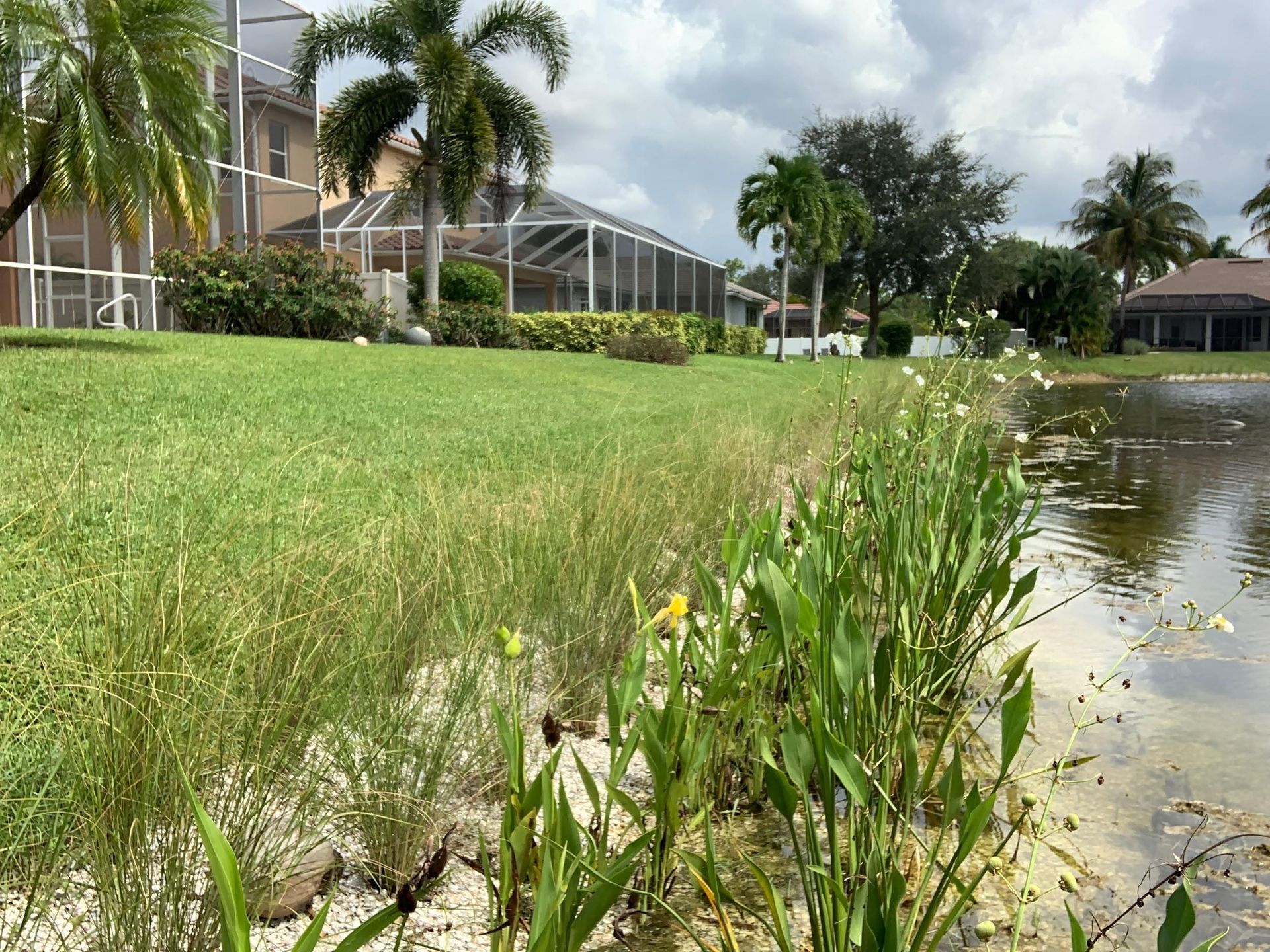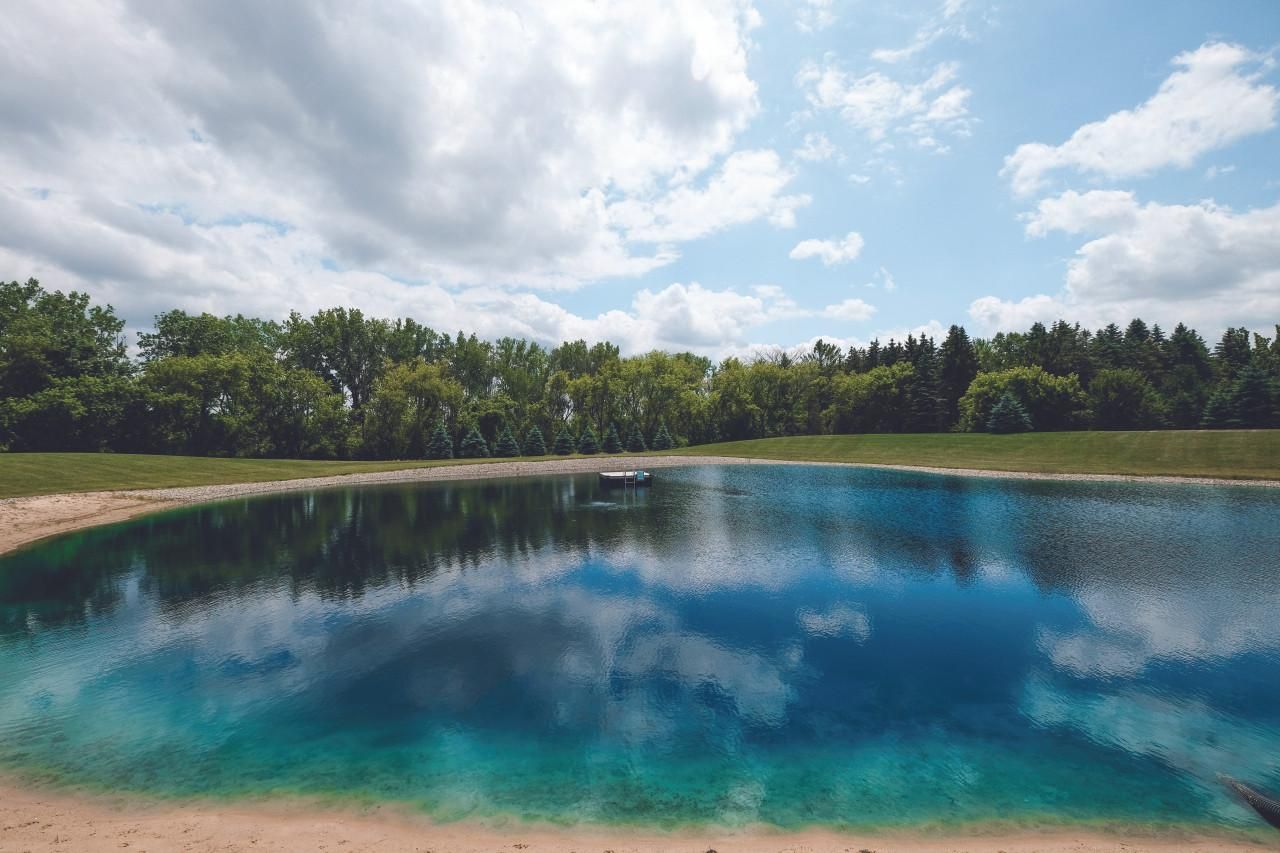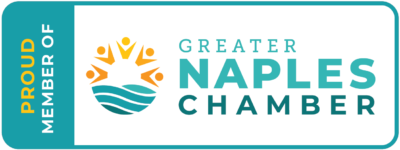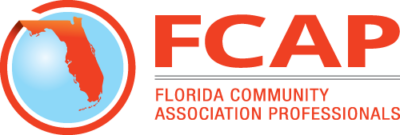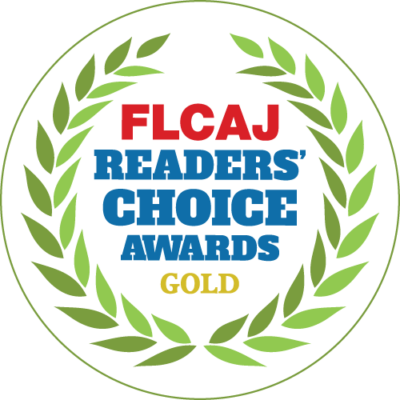Erosion Control - Budgeting and Permits
Budgeting for Lake Repairs is often the biggest hurdle for communities and homeowners to overcome. Builders are generally not required to harden shorelines to help prevent erosion when a planned community is constructed. At some point, builders “turn over” a community to the Home Owner’s Association (HOA) when lakes are ostensibly in compliance with permits and development orders. Erosion is pernicious. Over time it becomes a major problem on lakes and must be addressed at a cost. Communities that don’t have a funded lake maintenance account and no provision for it in their reserve study often pay for their erosion repairs through the use of reserve funds or by Special Assessments or Commercial Loans.

Reserve Studies are very common for HOA’s to obtain from professionals, but even these rarely contain a budget for lake repairs. A reserve study estimates the length of time that a structural or aesthetic item within the community will last and budgets for its repair or replacement ahead of time. A good contractor will offer their client a Master Contract for their lakes, ponds, or canals with multiple phases completed in two or more years if the project cannot be completed all at once. This master contract can be submitted by an engineer so that the community only has to go through the process once for all of their lakes, ponds, canals, or rivers. Engineers will either be involved a little or a lot, depending on the community’s budget and their needs. A Lake Report can also be complied by either the contractor or by a qualified marine civil engineer. This report details every section of the lakes, canals, or streams within a community or property by identifying escarpments, cavities, littoral shelves, slopes, damage to the stormwater management system, and other environmental concerns.
Licensing Requirements for shoreline stabilization and erosion control vary from city to city and county to county. It is important to make sure that your contractor has the proper license for the work they are doing. For instance, Lee County, Florida requires a contractor to be a General Contractor or Specialty Certified Contractor registered with the Department of Business and Professional Regulation (myfloridalicense.com) in order to issue a dock and shoreline permit. The engineer can apply for and get the permit approved, but the contractor has to pull it. If Code Enforcement is called on your contractor and they do not have the proper license or permit, they may be issued a stop work order or they could force you to have the System Removed! This creates a very bad situation for both the contractor and their client!
Permitting Requirements for shoreline stabilization and erosion control along the Gulf coast of Florida include, but are not limited to, a Dock and Shoreline Permit, Limited Development Order, Variance, Zoning Amendment, and SFWMD Permit. You should make sure your contractor has an in-house engineer to obtain the proper permits or you can hire your own engineer to make sure things are being done legally.
Recent Posts
